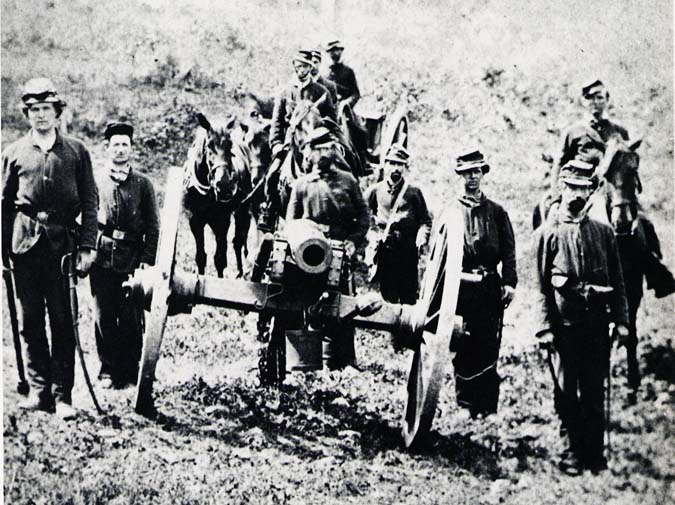
Simone Weil was being quite profound when she commented:
“Imaginary evil is romantic and varied; real evil is gloomy, monotonous, barren, boring. Imaginary good is boring; real good is always new, marvelous, intoxicating.”
I can see the truth in those words in just about every book, TV program or movie. Anywhere a story is told, fictional villains or real heroes are the most interesting characters.
Consider the opposite…real villains are not compelling or interesting. There is no exciting musical soundtrack that accompanies their story. They are depressing to know. The same would be for the “goody two-shoes” hero in a fictional tale. But make the hero significantly flawed and it might just work.
I suppose I could be argued off this opinion, but I think the real vs. fiction comparison made by Simone Weil had its roots in the development of photography and motion pictures (Simone lived in the early 20th century). The broad use of the earliest still-picture cameras coincided with the American Civil War in the 1860’s. Pioneer photographers like Mathew Brady captured images that were the beginnings of modern photojournalism (one of his photos leads today’s post).
Because of the long exposure times required by early cameras, still photos were either of people posing, landscapes or anything that stayed in one place for a long time. Those were nice if you wanted to see what clothes people wore or what a house looked like back then, but it was other photos that changed perspectives in the world, or at least the way we viewed it.
Bodies of fallen soldiers were easily photographed and so post-battle scenes of carnage became frequent subjects of early photos from the American Civil War. For the first time in history, war became real to more than just the soldiers who participated. No glory, no flag-waving, no band playing…just ugly death.
Even though there is no musical track punctuating the lives of real heroes, their acts of kindness, service, love, forgiveness and courage carry their own drama. It is in the non-fiction works where these people live and if you have a dry eye at the end of the story, you need to check to see if you have a pulse.
What story moved you lately?











